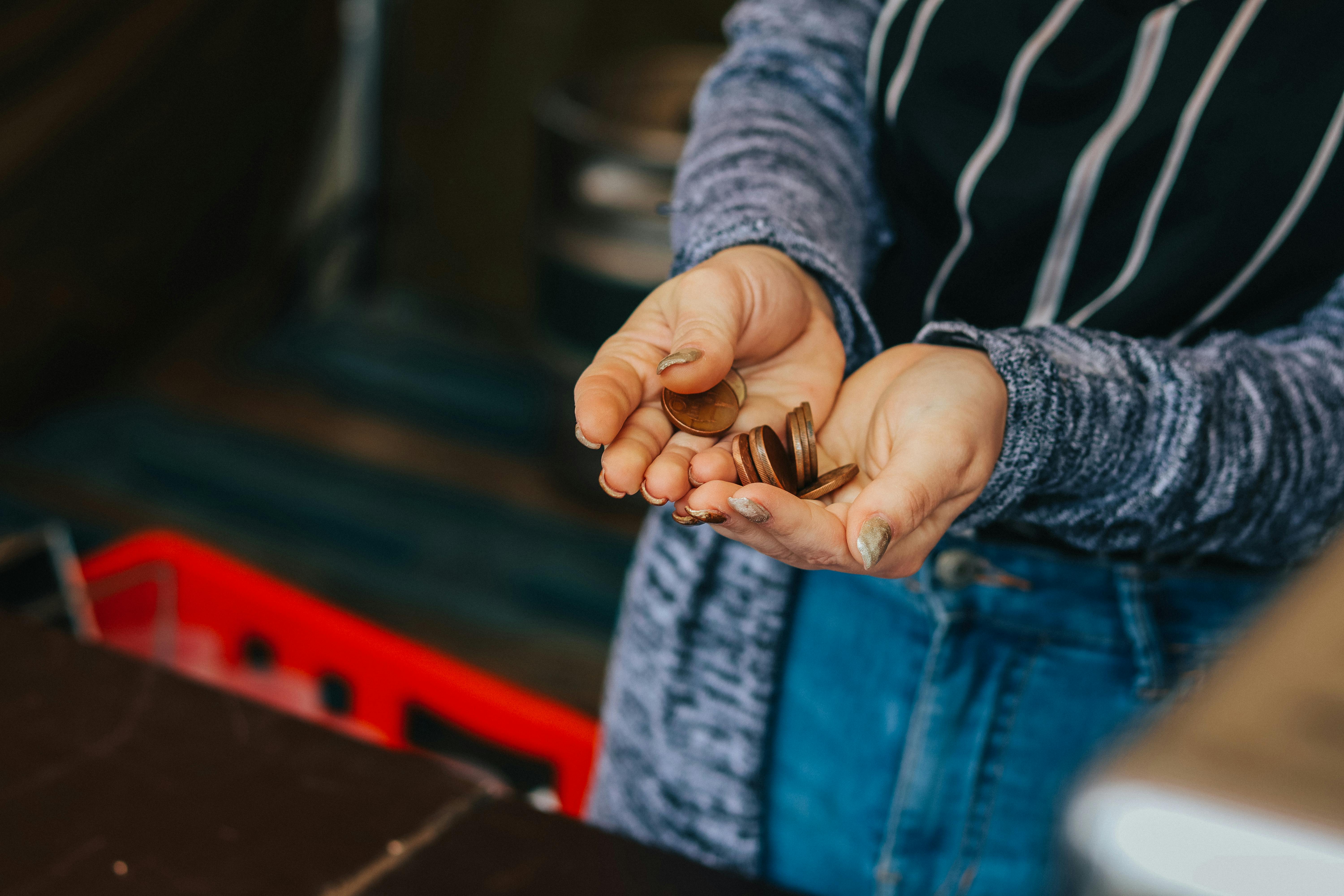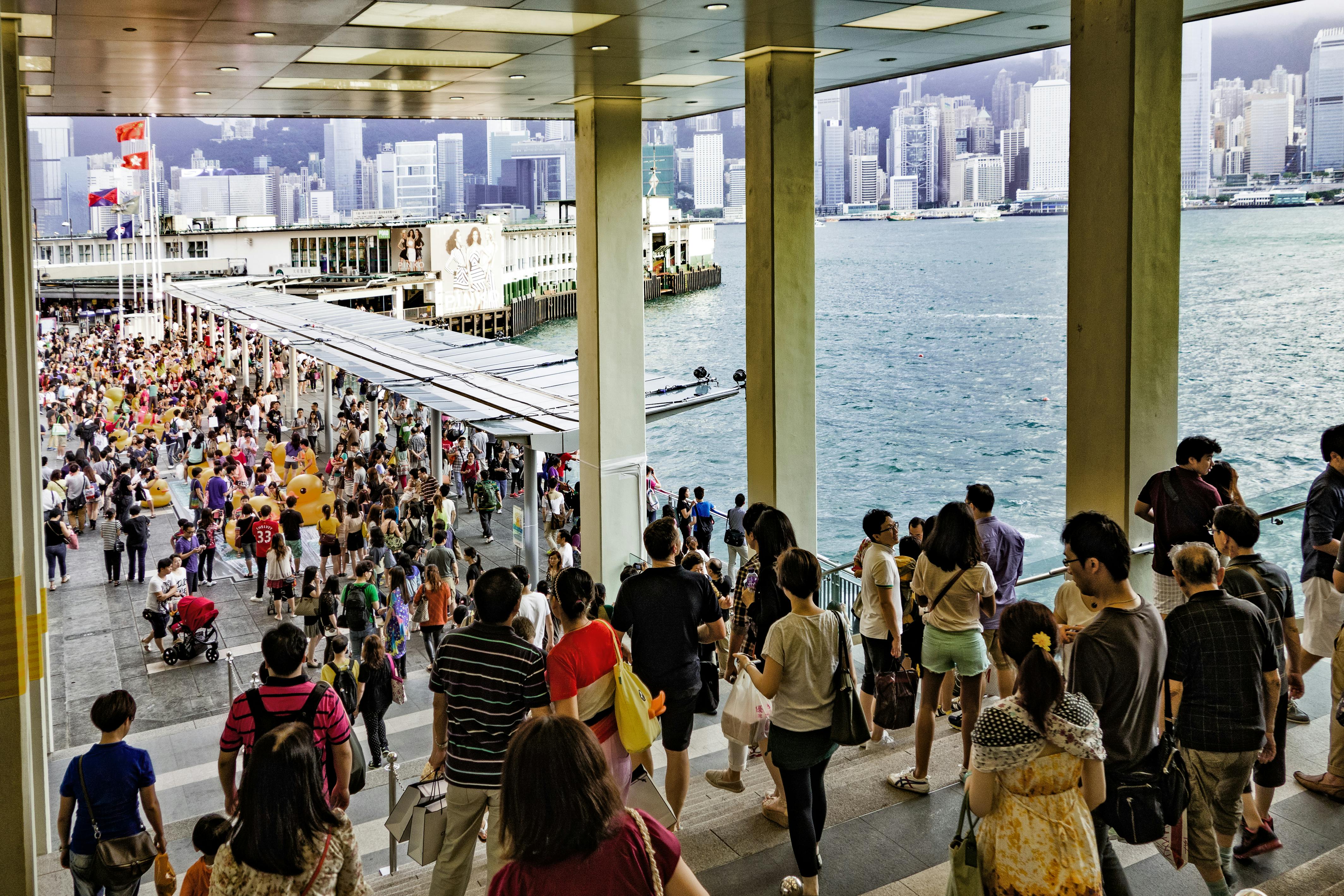Photoshop’s many exciting features range from photo retouching to graphic design. Simply retouching a photo to improve the light or subject by changing brightness levels and correcting small ‘blemishes’ in skin or clothing can make the photo more pleasing to the artist or audience. From improving dimensions and depth to setting up a graphic layout based on multiple strategically placed images to advertise a business or doodling with the ‘pen’, there are quite a few interesting ways to edit or build an image.
There are over a dozen tools to use on an image including: the Lasso Tool, the Quick Selection Tool, the Crop Tool, the Eyedropper Tool, the Spot Healing Brush Tool, the Brush Tool, the clone stamp tool, history brush tool, eraser tool, gradient tool, blur tool, dodge tool, pen tool, text tool, selection path tool, rectangle tool, circle tool hand and zoom tool. These tools are located on the left side. The toolbar at the top of the screen is made up of size brushes or erasers, what mode the artist is detailing with, opacity, flow, and the seek bar. Another great thing that Photoshop has is the ability to have multiple projects open, just in different windows. With this great power, comes great responsibility…
Once you start using Photoshop and realize that all editing can be done with just a few clicks of a button, you have to remember that there is too much editing. A little goes a long way, not only when buttering your toast, but also when blurring small sections of your photo to draw attention to your subject. There is a certain amount of editing that can be done to an image that doesn’t distort the subject and you won’t realize that you are possibly ruining the image until you step back and look at the edited version with a fresh mind. DO NOT PANIC! You can use the ‘undo’ button to remove the changes you have made to reduce the impact of excessive editing.
However, you may not want to click undo billion and three times, so perhaps starting from scratch works better, especially now that you know what doesn’t look right in that image. While there is a lot of editing, keep in mind that there are some projects where it’s okay to stack details or stack lots of images on a background. Personally, my taste in photography is the natural and scenic site where a bit of improvement is needed, but not too much after that. Of course, everyone has their own style, so explore Photoshop and your skills to determine what type (and how much) of editing your style requires.



